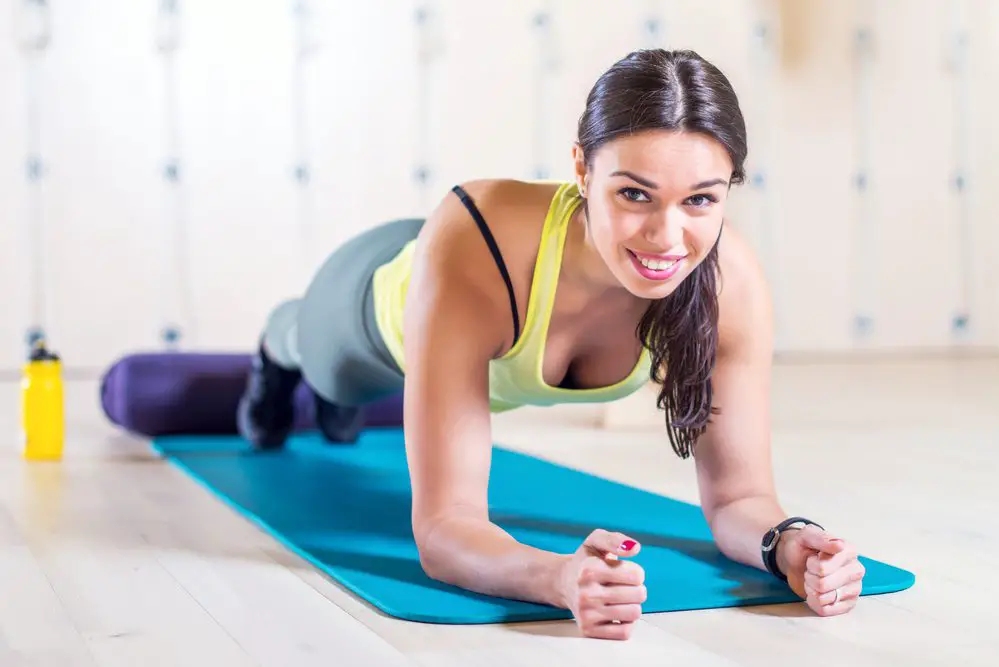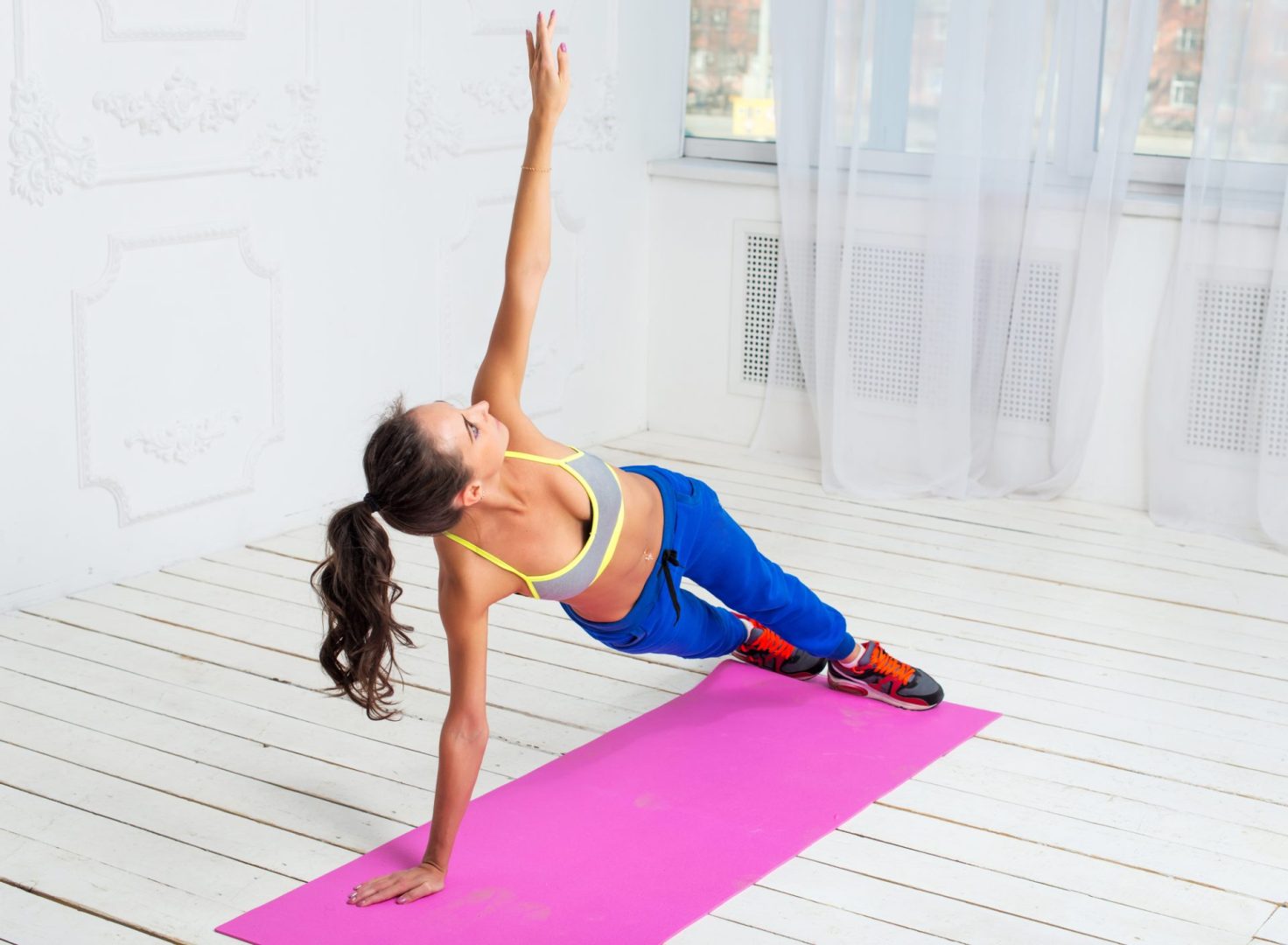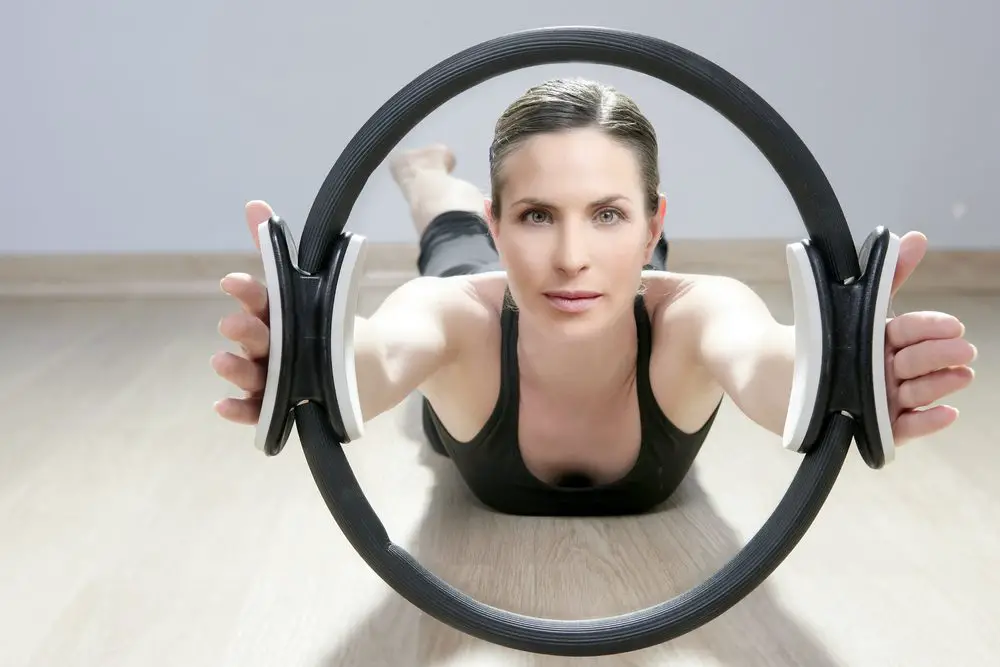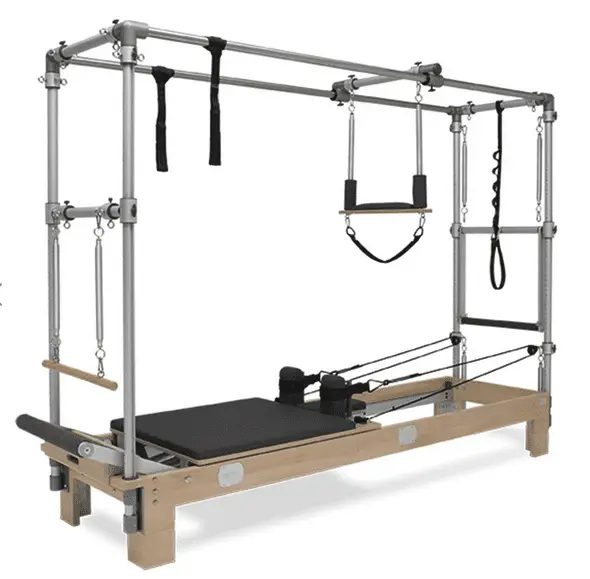Exercise

The Best Pilates Exercises for Beginners
Pilates is an exercise discipline that uses body weight and controlled movements to build strength and flexibility. It is also good for improving alignment and posture. Pilates can be a full-body workout, but a lot of the moves emphasize the core.
There are hundreds of movements and variations in Pilates, and they can seem intimidating to a newbie. The best way to get into Pilates is to work with a trained instructor. The next best way is to try beginner moves and workouts as you learn form and get stronger.
Building a Base with Beginner Exercises
These moves aren’t just important for beginners because they’re easier; they’re also important because they teach you proper form. As you work toward more challenging movements, you will need proper form to do them safely and effectively. These beginner exercises help you develop and practice the fundamentals, so you’re prepared and strong enough for advanced moves.
The Hundred
This is a great move for working the abdominals. It’s easy enough for beginners but also highly effective. Start by lying on your back on the mat. Bend your knees to 90 degrees and lift the legs off the mat, as if you’re sitting in a chair. Your calves will be parallel to the floor.
Lift your head and shoulders off the mat using ab strength and hold your body elevated just to the base of the shoulder blades. Pulse your arms up and down at your sides as you focus on breathing in and out. The abs should be pulled in tight during this move.
The Roll Up
Another important ab move in Pilates, the roll up also requires that you tuck your abdominals in, toward the spine. Lie on the mat on your back, legs straight and arms straight over your head. Lifting your arms first, roll your spine up and off the mat. Use your ab muscles, not momentum, to roll into a sitting position, finally reaching over your legs. Advanced practitioners can do this while keeping the legs straight. As a beginner, you may need to bend at the knees as you roll. After rolling up, reverse the movement and roll slowly back down.
Leg Circles
Do leg circles on each side to strengthen the abs and upper leg muscles. Lying on the mat, pull your ab muscles in and extend one leg straight up, pointing at the ceiling. Move the leg in a wide circle, crossing over the other leg and sweeping back to the beginning. Reverse the circle and do it in the other direction before moving to the other leg.
Side Kicks
This series of movements works the abs and thighs. Lie on the mat on your side, keeping your body in a straight line. Rest your head in your hand or arm. Place the other hand, palm down, on the floor in front of you. Lift and kick the top leg front to back and up and down. Bend the top leg at the knee and bring the foot in front of your hips, pressing down into the mat. Lift the lower leg up and down, working the inner thigh muscles.
Plank
The plank is a standard Pilates position that you can modify in many ways to make it easier or more challenging. It works your ab, back, shoulder, and arm muscles. Lying on your stomach on the mat, raise your body up onto your toes and hands. Your hands should be directly under your shoulders. Keep your body rigid and stationary. Pull in the abdominals and tighten them. Don’t let your hips drop down. The line of your body should be straight from head to toes. As a beginner, aim to hold the plank for 15 seconds. Work up to longer holds as you get stronger.
Glute Bridge
Work your glutes, lower back and hamstrings with this simple move. Lying on your back, bend your knees and place your feet flat on the mat. Arms straight and down at your sides, lift your hips up and squeeze the glutes.
You can do several reps of this and also hold the elevated position to progress. Also try lifting one leg off the mat at a time as you do this exercise.
The Saw
The saw is good for your back, side abdominals and upper legs. Sitting up straight, extend your legs straight in front of you, about shoulder-width apart. Stretch your arms out straight and to the sides, palms forward. Twist the torso and reach one hand toward the opposite foot. Repeat with the other arm.
Open Leg Balance
Also known as a V-sit, this is a little more of an intermediate move that you can work up to as your abs get stronger. Sitting on the mat, lift your legs up, straight, and lean back. Reach your arms toward your shins and keep the legs and back straight. Your body should be in a V shape. Open your legs and hold the position with your abs in tight.
Swan
Swan is mostly a stretch, but it also works the back. Lying on your stomach, lift your head, shoulders and chest off the mat. Your hands should be on the mat, palms down, just ahead of your shoulders. Start small if you can’t do the complete stretch, ultimately working up to straight arms.
Swimming
This is another good back exercise. Lie face down on the mat, legs out straight and arms straight ahead, like a superman position. Lift up the right arm and left leg, just a little bit to feel the squeeze in your back muscles. Switch to the left arm and right leg. Alternate sides.
Beginner Pilates Workouts: 30-Day Quick Start Plan
As a beginner in Pilates, take your time working through these movements and stretches. Start small, practice form and build strength. Use this as a rough guide to begin your regular Pilates practice, but always listen to your body and do what feels right:
- Week one. Start with the hundred, leg circles, and the swan to begin strengthening the abs, legs and back.
- Week two. For week two, keep doing the previous moves but add in a few that are more complicated, like the roll up, side kicks, glute bridges and plank.
- Week three. Now you’re ready to push even more. Add the saw and swimming to challenge your back and abdominal muscles. Increase the amount of time you hold a plank.
- Week four. Add in the open leg balance, the most challenging of these moves. If you can’t do it yet, start with an easier modification. Lower your legs so that the angle to the floor is less than 45 degrees. Continue to extend plank times.
At this point, you should have some newfound strength. Each move should feel easier as the weeks progress. Your balance should be better, and you might notice that your whole body feels better. Once you feel good about these beginner moves, try intermediate exercises. Don’t push it, though. If after four weeks you’re still finding these challenging, keep doing them for another week or two before moving on to the more difficult moves.
Try Online Beginners Pilates Workouts
Use these beginner moves and workout plans but also try an online search for more guided instruction. Search for things like 15-minute ‘Pilates for beginners workout’ or ‘getting started in Pilates.’ You’ll find all kinds of programs to follow, many led by experts with instructions and pointers on good form.
Whether you work out in a Pilates studio with an instructor or try the moves at home, start small. Before long, you’ll be able to do more difficult, advanced moves as you get stronger and improve your form. You’ll be reaping the benefits of regular Pilates practice within a few weeks.





